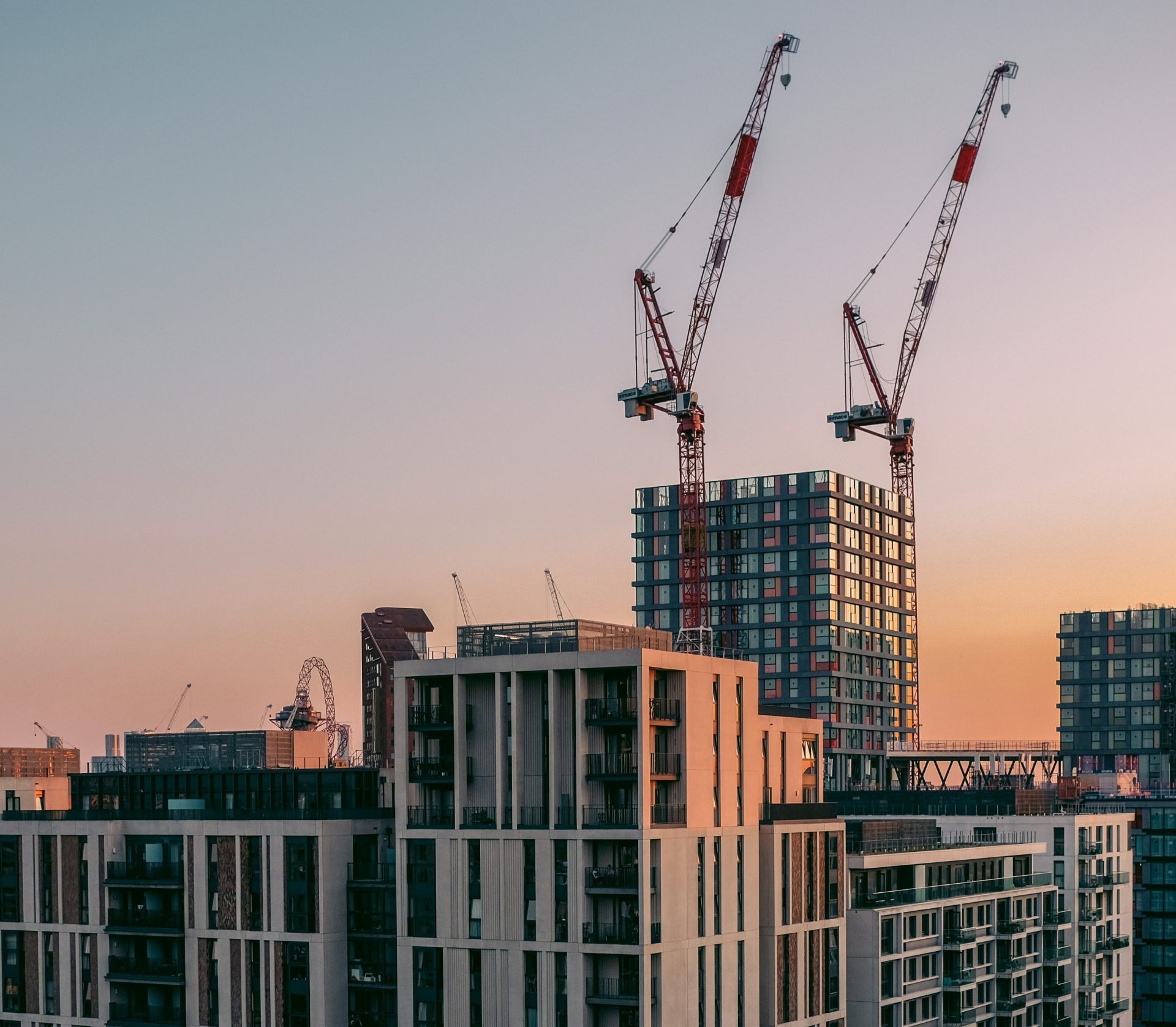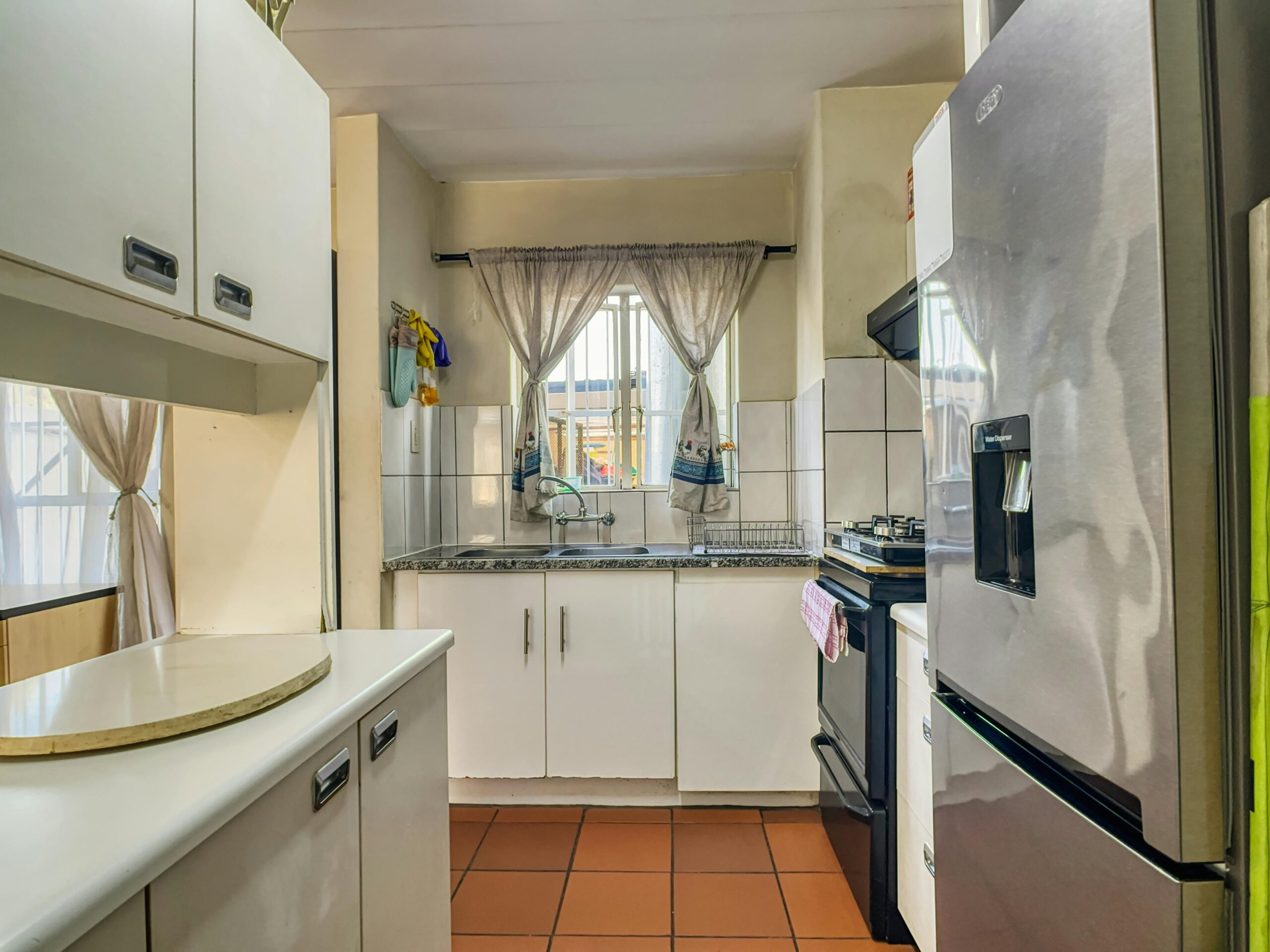
The US is gearing up for a major decarbonization plan, which will lead to an increase in the installation of retrofit windows.
The U.S. Department of Energy (DOE) has unveiled an ambitious blueprint to decarbonize the building sector by 90% by 2050, with an interim goal of cutting greenhouse gas emissions by 65% by 2035. This comprehensive plan focuses on four primary strategies: enhancing building energy efficiency, reducing onsite emissions, improving the synergy between buildings and the electrical grid, and minimizing emissions associated with the production, transportation, installation, and disposal of building materials.A pivotal aspect of this initiative is the upgrade of windows across millions of commercial and residential buildings. Given the current retrofit rates, updating all residential windows would take an estimated 30 years. To accelerate this process, the DOE aims to increase retrofit rates up to 25 times by 2030. A significant part of this strategy is the promotion of secondary glazing, which offers a faster and more cost-effective alternative to full window replacements. To support these efforts, the American-Made Building Envelope Innovation Prize offers up to $2 million in incentives for developing affordable secondary glazing systems.The DOE’s timeline for this transformation includes three key phases: laying the groundwork urgently before 2030, scaling and adapting low-carbon technologies from 2030 to 2040, and completing the transition by 2050. This plan not only focuses on technical solutions but also emphasizes equity, affordability, and resilience, aiming to deliver substantial energy and health savings while combating the climate crisis.
Read the full article at: www.usglassmag.com

